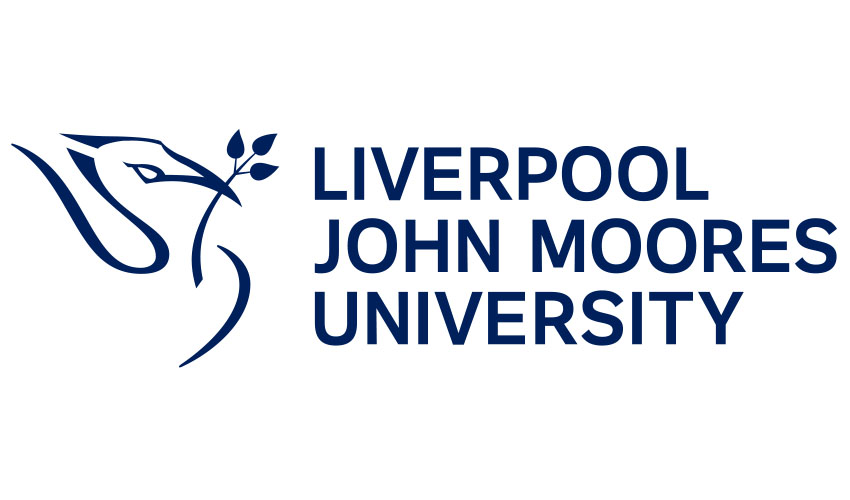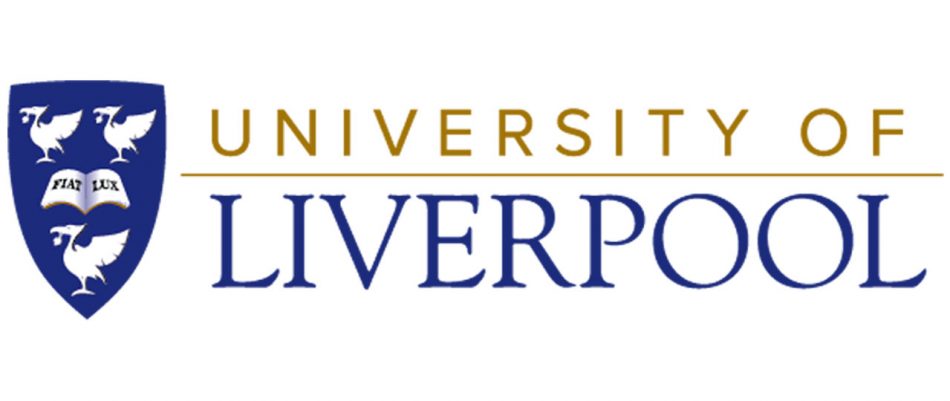Electrical and Electronics Engineering: Your Gateway to a Global Career
Are you an aspiring engineer from India passionate about innovation, technology, and problem-solving? Pursuing a degree in Electrical and Electronics Engineering (EEE) abroad could be the perfect step towards a rewarding international career. This dynamic field combines the principles of electricity, electronics, and electromagnetism to design, develop, and maintain electrical systems, power generation, and electronic devices. From renewable energy solutions to cutting-edge robotics, EEE professionals are at the forefront of shaping the future.
For Indian students, studying EEE abroad offers access to world-class facilities, research opportunities, and a global network that can accelerate your professional growth. Countries like the USA, UK, Canada, Australia, and Germany are renowned for their engineering programs, providing hands-on experience and industry connections that go beyond traditional Indian curricula.
Why Choose Electrical and Electronics Engineering Abroad?
Studying EEE internationally isn't just about earning a degree—it's about immersing yourself in an environment that fosters creativity and practical skills. Here's why Indian students are increasingly opting for this path:
- Advanced Technology Exposure: Abroad, you'll work with state-of-the-art labs and software like MATLAB, AutoCAD, and PLC programming, which are often limited in Indian colleges.
- Global Job Market Access: An international degree opens doors to multinational companies like Siemens, Intel, and Tesla, with starting salaries often 2-3 times higher than in India.
- Research and Innovation Focus: Programs emphasize real-world projects, internships, and collaborations with industry leaders, helping you contribute to sustainable energy and smart technologies.
- Cultural and Professional Growth: Living abroad builds adaptability, communication skills, and a global perspective—essential for India's growing tech sector upon return.
- Scholarship Opportunities: Many universities offer merit-based aid for international students, reducing the financial burden compared to self-funded studies in India.
According to recent data from the Indian Ministry of Education, over 1.3 million Indian students studied abroad in 2023, with engineering being the top choice. EEE stands out due to its versatility, blending electrical systems with electronics to meet the demands of the digital age.
Top Universities for Electrical and Electronics Engineering
Selecting the right university is crucial. Below is a table highlighting some of the best institutions for EEE, tailored for Indian students. These universities rank highly in QS World University Rankings and offer strong support for international applicants.
| University | Country | Key Features | Tuition Fees (Annual, Approx. in INR) | QS Ranking (Engineering) |
|---|---|---|---|---|
| Massachusetts Institute of Technology (MIT) | USA | World-leading research in robotics and renewable energy; strong alumni network in Silicon Valley. | 35-40 lakhs | 1 |
| Imperial College London | UK | Focus on sustainable power systems; partnerships with UK energy firms; 1-year Master's options. | 25-30 lakhs | 6 |
| University of Toronto | Canada | Emphasis on AI-integrated electronics; post-study work visa up to 3 years; diverse Indian community. | 20-25 lakhs | 18 |
| University of New South Wales (UNSW) | Australia | Hands-on projects in telecommunications; high employability rate (95%); scholarships for Indians. | 22-28 lakhs | 19 |
| Technical University of Munich (TUM) | Germany | Tuition-free for EU/International (admin fees only); expertise in automotive electronics; English-taught programs. | 1-2 lakhs (fees only) | 22 |
These universities provide B.Tech/B.E. (4 years), M.Tech/M.Eng (1-2 years), and PhD programs. Indian students can apply via platforms like UCAS (UK), Common App (USA), or university portals, with deadlines typically between September and January.
Course Curriculum and Specializations
The EEE curriculum abroad is designed to be comprehensive, blending theory with practical applications. Unlike some Indian programs that focus heavily on rote learning, international courses emphasize project-based learning and interdisciplinary studies.
Core Subjects
- Fundamentals of Electrical Engineering: Circuit theory, electrical machines, and power systems.
- Electronics Essentials: Analog and digital electronics, microprocessors, and semiconductor devices.
- Mathematics and Physics: Calculus, linear algebra, electromagnetism, and signals & systems.
- Programming and Software: C++, Python for embedded systems, and simulation tools.
Advanced Specializations
As you progress, you can specialize in areas aligned with global trends:
- Power and Energy Systems: Focus on renewable sources like solar and wind, crucial for India's energy needs.
- Telecommunications and Networking: 5G, IoT, and wireless communication—high demand in tech hubs like Bangalore.
- Control Systems and Robotics: Automation and AI integration, leading to roles in manufacturing and defense.
- VLSI and Embedded Systems: Chip design for smartphones and EVs, with opportunities at companies like Qualcomm.
Most programs include lab work, internships (often paid), and a capstone project. For instance, at MIT, students might design a smart grid prototype, gaining skills transferable to India's Smart Cities Mission.
Career Opportunities After EEE
Graduates in EEE enjoy excellent employability, with the global market projected to grow at 7% annually (per BLS data). For Indian students, this means lucrative options both abroad and back home.
- Job Roles: Electrical Engineer, Electronics Designer, Power Systems Analyst, Embedded Software Engineer, Robotics Specialist.
- Top Employers: Google, Apple, General Electric, Tata Power, Reliance Industries.
- Salary Prospects: In the USA, entry-level salaries range from $70,000-$90,000 (50-70 lakhs INR); in India, 8-15 lakhs INR annually, rising quickly with experience.
- Emerging Fields: Electric vehicles (EVs), sustainable energy, and semiconductors—India's semiconductor mission offers repatriation incentives.
Many universities boast 90-95% placement rates, with career services helping secure internships. Returning to India? Your international degree gives an edge in PSUs like BHEL or startups in Hyderabad's tech ecosystem.
Admission Requirements for Indian Students
Getting admitted is straightforward if you're prepared. Here's what you need:
- Academic Qualifications: 10+2 with Physics, Chemistry, Math (PCM) at least 75-85%; Bachelor's for Master's (GPA 3.0+).
- Standardized Tests: SAT/ACT for undergrad (USA/Australia); GRE for grad (1200+ score); IELTS/TOEFL (6.5+/90+).
- Documents: Transcripts, SOP (Statement of Purpose) highlighting your interest in EEE, LORs from teachers, and passport.
- Visa Process: Student visa (F-1 for USA, Tier 4 for UK) requires proof of funds (20-50 lakhs INR) and acceptance letter.
Start early—prepare for entrance exams 6-12 months in advance. Consultancies like IDP or British Council can guide you, especially for profile-building.
Scholarships and Financial Aid
Cost is a concern, but aid is abundant for meritorious Indian students:
- University-Specific: MIT's need-based aid; UNSW International Scientia Scholarship (up to 50% tuition waiver).
- Government Schemes: Fulbright-Nehru (USA), Chevening (UK), DAAD (Germany)—covering full tuition and living expenses.
- Indian Options: JN Nehru Memorial Fund, Inlaks Shivdasani—up to 10-15 lakhs for abroad studies.
- Part-Time Work: Allowed 20 hours/week in most countries, earning 800-1500 INR/hour.
Living costs vary: USA ($15,000/year), UK (£12,000), Canada (CAD 15,000). Budget wisely, and explore loans from Indian banks like SBI at low interest.
Student Life and Support for Indian Students
Transitioning abroad can be exciting yet challenging. Universities offer robust support:
- Indian Student Associations: Cultural events like Diwali celebrations and cricket leagues to combat homesickness.
- Academic Resources: Tutoring centers, language classes, and mental health services.
- Accommodation: On-campus dorms (INR 5-10 lakhs/year) with Indian meal options.
- Networking: Guest lectures from Indian alumni in tech giants, easing integration.
Countries like Canada and Australia have large Indian diasporas, making adaptation smoother. Focus on time management to balance studies and exploration—visit landmarks or join engineering clubs.
Take the Next Step Towards Your Engineering Dreams
Electrical and Electronics Engineering abroad is more than a degree; it's a launchpad for innovation and leadership. With India's push towards 'Make in India' and digital transformation, your global expertise will be invaluable. Research universities, prepare your applications, and embark on this transformative journey. The world of engineering awaits—start today!






